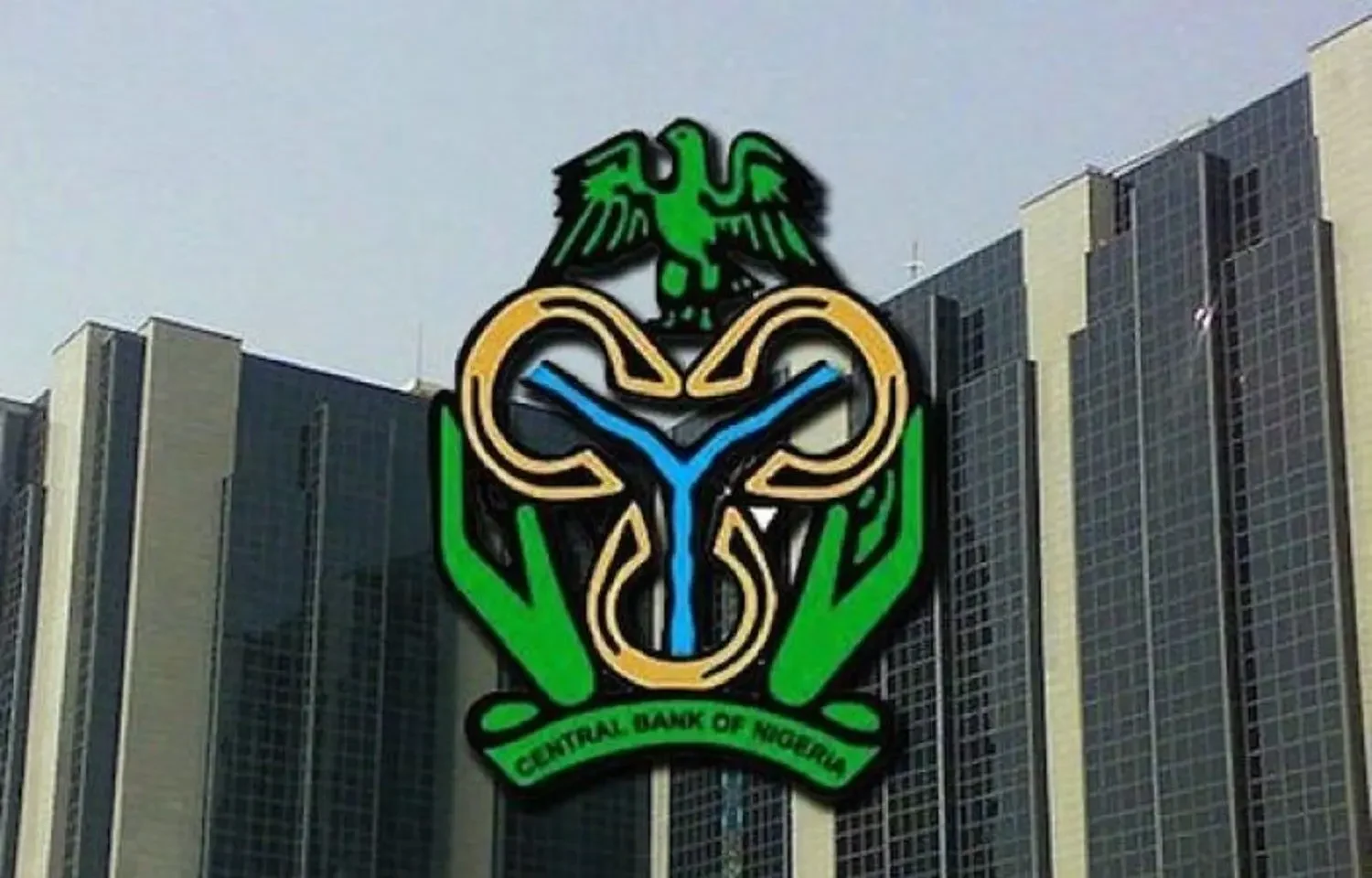
Credit to Nigeria’s private sector fell slightly to N75.8 trillion in August 2025, down from N76.12 trillion recorded in June, according to the latest data from the Central Bank of Nigeria (CBN). This marks the fifth monthly decline in lending this year, sparking worries about liquidity and credit availability for businesses and individuals.
The private sector credit peaked at N78.1 trillion in April 2025 but has been trending downward since February when it dropped from N77.3 trillion in January to N76.3 trillion. The decline continued through March and again from May to June, before the latest dip in August. The CBN did not publish figures for July 2025.
Despite these short-term falls, year-on-year data shows a modest increase in credit from N74.7 trillion in August 2024 to N75.8 trillion this August.
What’s Driving the Decline?
Economic analysts point to the Central Bank’s tight monetary policy, aimed at controlling inflation and stabilizing the naira, as a key factor. The benchmark Monetary Policy Rate (MPR) currently stands at 27%, making borrowing more expensive and dampening demand for credit.
While detailed August data is unavailable, previous reports show that the largest shares of credit continue to flow into the services sector (54.87%), industry (40.02%), and agriculture (5.11%).
Recent Monetary Policy Adjustments
At its 302nd meeting, the CBN’s Monetary Policy Committee reduced the MPR by 50 basis points from 27.5% to 27%, and adjusted the policy’s asymmetric corridor. The Cash Reserve Ratio (CRR) remains high at 45% for commercial banks, which some experts say limits banks’ lending capacity.
Implications for Nigeria’s Economy
With the private sector driving much of Nigeria’s economic activity, sustained declines in credit could impact investment, job creation, and GDP growth. Although government intervention schemes exist, their impact remains limited amid ongoing monetary tightening.



